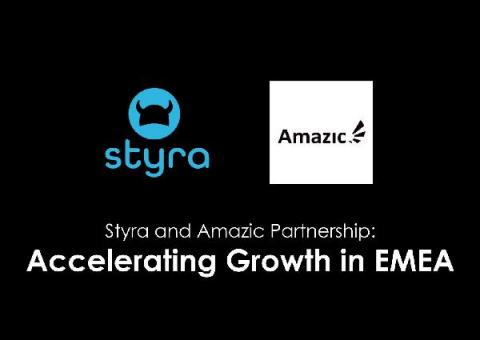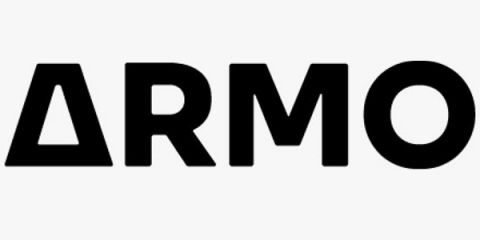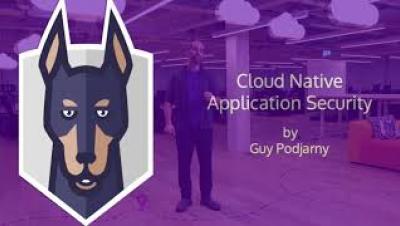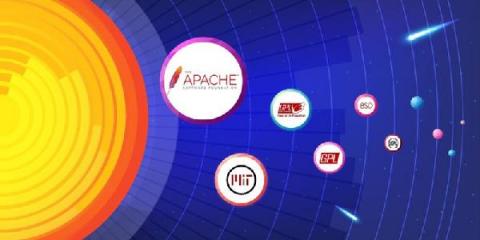The latest Docker Build show features new Snyk & Docker workshop
2020 was a busy year for Docker and Snyk! In the same year, we announced (and released) Snyk-powered vulnerability scanning within Docker Desktop and Docker Hub. We expect 2021 to be bigger as we grow these products and release Snyk-secured Docker Official Images.











